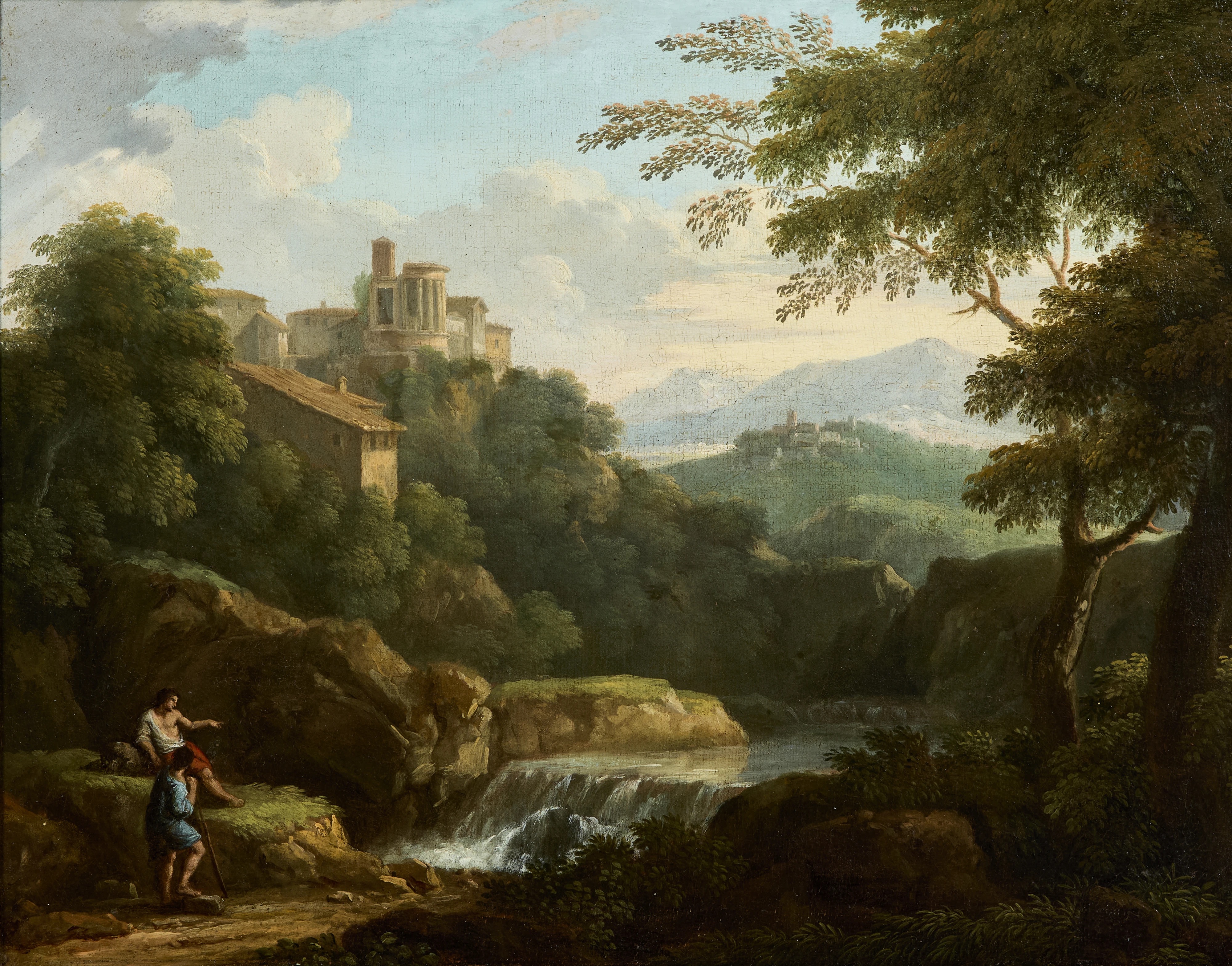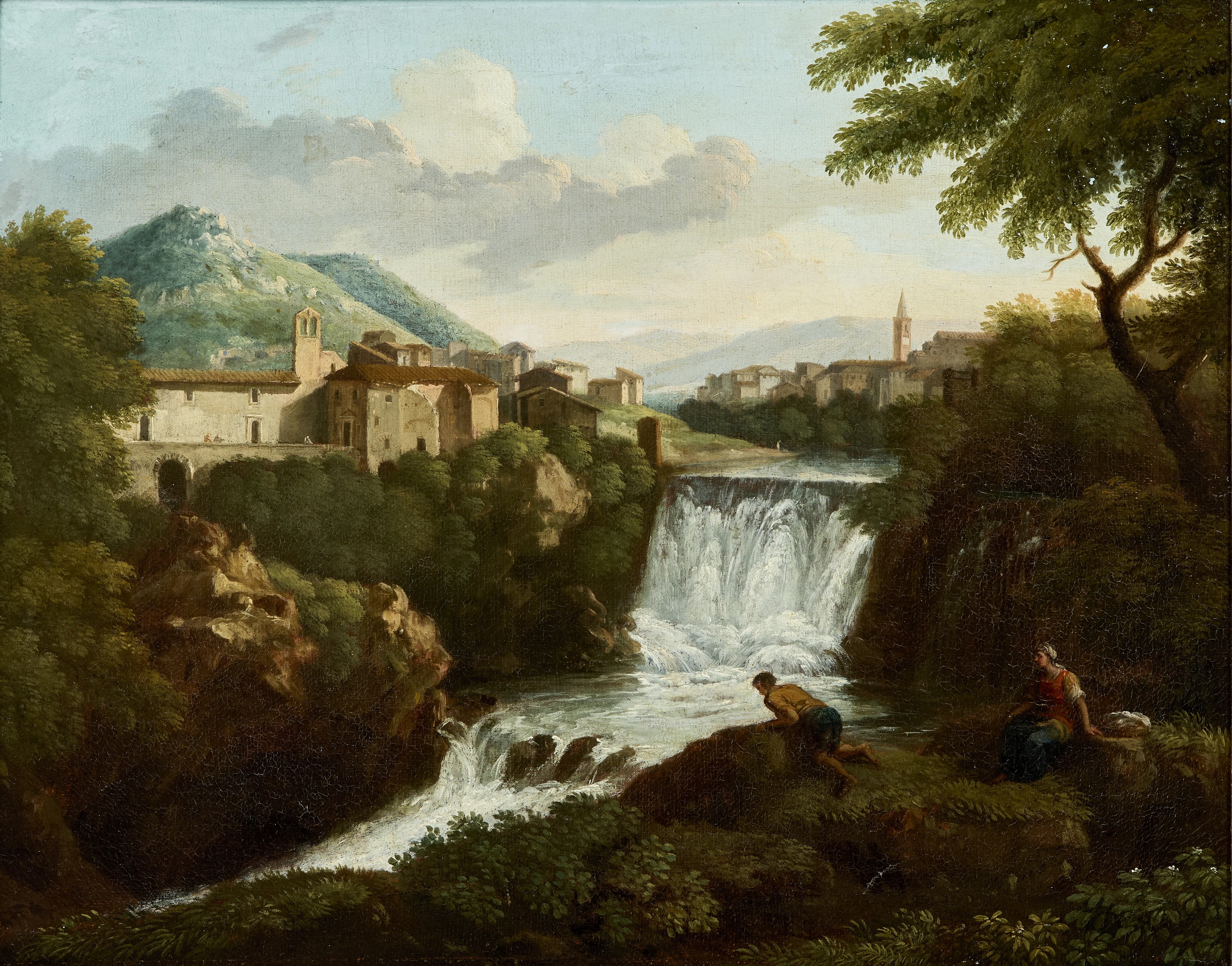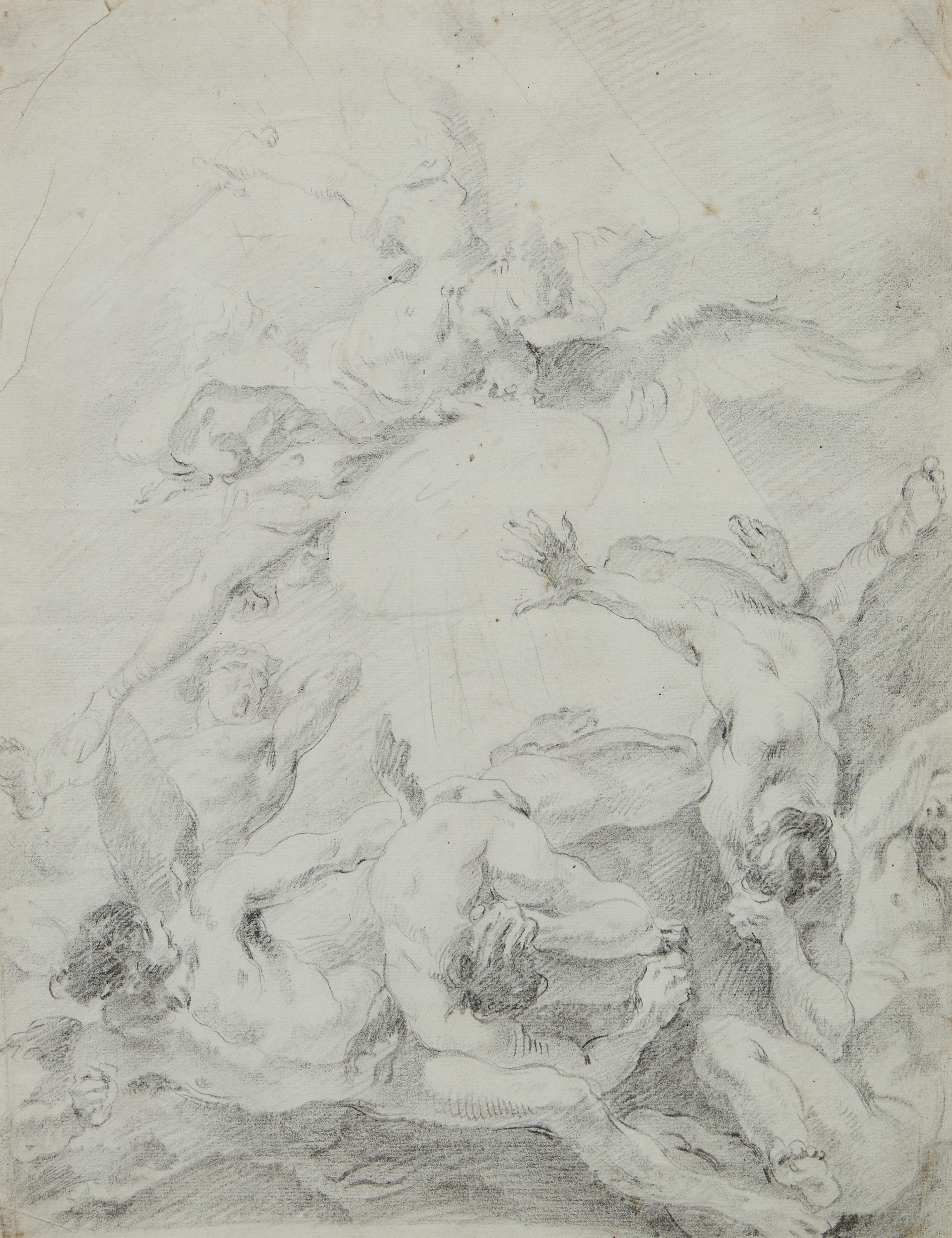Roseberys is delighted to offer a newly attributed work by Girolamo di Tommaso, called Girolamo da Treviso the Younger (c.1498-1544), ‘Christ and the Woman Taken in Adultery’, estimated at £10,000–£15,000. Once thought to be by Giuseppe Porta, the panel has now been reattributed by Professors Peter Humfrey and Mauro Lucco, who recognise it as a major addition to Girolamo’s oeuvre.
Lot 6: Girolamo di Tommaso, called Girolamo da Treviso the Younger, Italian c.1498-1544- Christ and the Woman taken in adultery
Estimate: £10,000 - £15,000
Girolamo transferred to Bologna in around 1520, where he would have come into contact with Parmigianino during his residence there between 1527 and 1530, as well as with the work of Giulio Romano in nearby Mantua. Humfrey places the painting around 1531 during Girolamo’s return to Venice - close by to his native Treviso - where he frescoed the façade of the house of patron Andrea Odoni and painted an altarpiece for the church of San Salvador. Both works are now lost. The woman taken in adultery is a quintessentially Venetian subject and it is likely that the artist painted the present work for a Venetian patron during this phase. The coat of arms is not recognisably Venetian and may have been added at a later date.
With graceful figures and sophisticated spatial arrangement, the painting exemplifies Girolamo’s fusion of Parmigianino’s elegance and Giulio Romano’s monumentality. A smaller related version is catalogued in Paolo Ervas’s 2014 monograph and Humfrey will include the present work in his forthcoming book ‘Taken in the Very Act: The Theme of the Adulteress in European Painting from Romanino to Cavallino’. The panel warrants comparison with a painting by Girolamo which was sold by Lempertz in 2013 entitled ‘The Holy Family with Saint Catherine’, as well as an example held in Burghley House called ‘The Mystic Marriage of Saint Catherine’. The model used to depict the penitent adulteress in profile here bears a striking resemblance to the model used in the Saint Catherine images.
Relatively little is known about the artist. He may have come from the Pennacchi family of Treviso, which is why he is occasionally called Girolamo Pennacchi. Giorgio Vasari references him in his ‘Vite’ as native to Bologna and working contemporaneously with Perino in Genoa for the Doria family. One of his first known works is a ‘Noli Me Tangere’ in the church of San Giovanni in Monte in Bologna, which shows the influence of Francesco Francia and Lorenzo Costa. Early in his career Girolamo also worked as a sculptor, carving marble reliefs of the story of Joseph for the façade of the Bolognese church of San Petronio in 1524. Two years later, for the Guidotti chapel in the same church, he completed a series of eight monochrome scenes depicting the miracles of Saint Anthony of Padua. Girolamo is also known to have collaborated with Giulio Romano on the decoration of the Palazzo Te in Mantua and in 1533 painted a fresco of ‘The Virgin and Child Enthroned with Saints’ for the church of the Commenda in Faenza. He was back in Bologna between 1534 and 1538, when he painted one of his few surviving works in the city, a ‘Presentation of the Virgin with Saint Thomas of Canterbury’ for the English chapel in the church of San Salvatore.
A contemporary of Tintoretto, Titian and Giorgione, his works are in the Venetian tradition of Giorgionismo, giving primacy to colour, idealised form and mood over line, which was more typical of the Northern Italian Mannerist school. After stays in Bologna and at the court of Mantua, Girolamo's life took an unusual turn in 1538. That year, he entered the service of King Henry VIII of England as a military engineer. In 1544, he participated in the first siege of Boulogne-sur-Mer, where he was probably killed.
Fresh to Market: Gaspard Dughet Landscapes from the Collection of Dudmaston Hall
Roseberys is delighted to present two paintings from the oeuvre of Gaspard Dughet (1615-1675). The pair of classical landscapes are offered at auction for the first time, with provenance from the distinguished collection of Dudmaston Hall, Shropshire. They carry an estimate of £8,000–£12,000.
The attribution to Dughet, also known as Gaspard Poussin, after his brother-in-law and teacher Nicolas Poussin, has been confirmed by Dr Sarah Cantor, a leading authority on 17th-century Roman landscape painting, based on photographs. Though Dughet never left Italy, he is widely considered part of the French School, both for his parentage and his training.
The two oil-on-canvases depict capriccio views of Tivoli, a rugged hill town northeast of Rome that Dughet returned to often in his work. Each composition features a pair of small-scale figures in classical dress resting by a waterfall, a recurring motif in Dughet’s landscapes, where human presence is subordinated to the dramatic, often untamed grandeur of the Italian countryside. The paintings likely date to the 1650s, around the midpoint of Dughet’s career, a period marked by major commissions for patrons including Pope Innocent X and the Colonna family. These compositions reflect Dughet’s virtuosic gift for romanticising rugged natural scenes, drawing from Poussin’s classical drama, albeit with a wilder sensibility, closer to Salvator Rosa.
Significantly, both canvases retain old inventory numbers, ‘215’ and ‘218’, and their gilt frames are inscribed ‘Lucatelli,’ referencing the later Italian landscape painter Andrea Locatelli, a name that may have been attached to the works at some point during their time at Dudmaston. Dughet’s Arcadian scenes were much sought after by British collectors in the 18th century and admired by artists such as Richard Wilson and theorists of the Picturesque.
Dudmaston Hall is a 17th-century house now cared for by the National Trust and known for its multi-generational tradition of discerning collecting. In the 20th century, Dudmaston became the home of Sir George Labouchere, a diplomat and notable patron of modern art, who, along with his wife Rachel, Lady Labouchere, brought together a striking collection of 20th-century European works by Ben Nicholson, Barbara Hepworth, and Henry Moore. The works were consigned by a scion of the Hamilton-Russell family, relatives of Lady Labouchere, who have lived at Dudmaston since it was gifted by her to the National Trust in 1978.
Tiepolo Drawing from the Collection of Professor Eric G. Stanley
Another highlight of the sale is a compelling black chalk drawing by Giovanni Battista Tiepolo (1696-1770), ‘The Fall of the Rebel Angels’, executed after Sebastiano Ricci’s dramatic composition on the same theme. The drawing was formerly in the collection of Professor Eric G. Stanley (1923-2018), an eminent Anglo-Saxon scholar and Fellow of the British Academy.
Roseberys’ research confirms that the composition relates directly to Ricci’s Fall of the Rebel Angels (c.1717-18) in the Dulwich Picture Gallery, London. Tiepolo’s treatment mirrors this theatrical Baroque composition and foreshadows his own ceiling fresco on the same subject, painted in Udine around 1726. Trained in Venice under Gregorio Lazzarini, Tiepolo was influenced by Piazzetta, Ricci, and above all, Paolo Veronese. He would go on to define the Rococo with his luminous, expansive frescoes across Italy, Germany and Spain.








